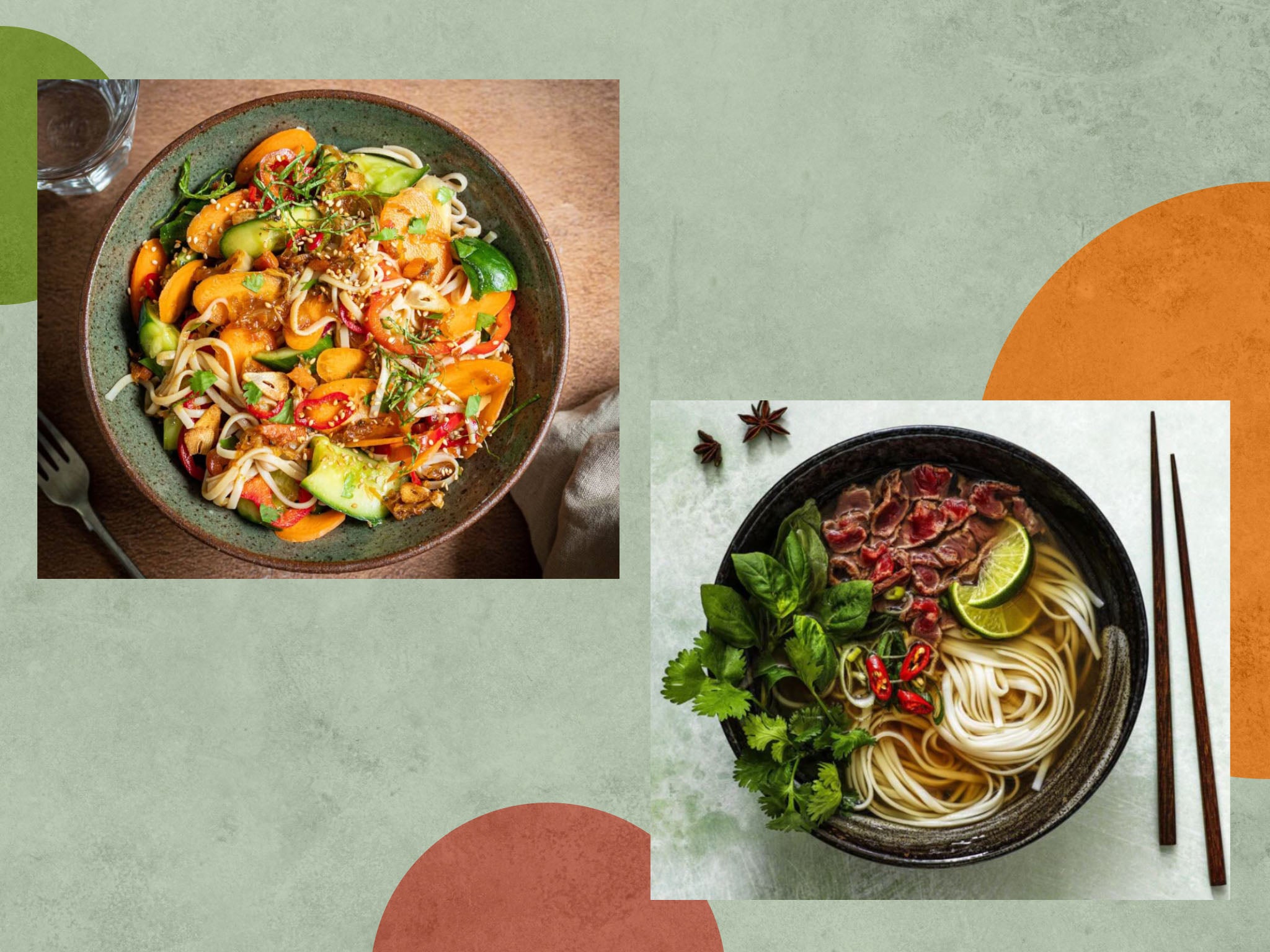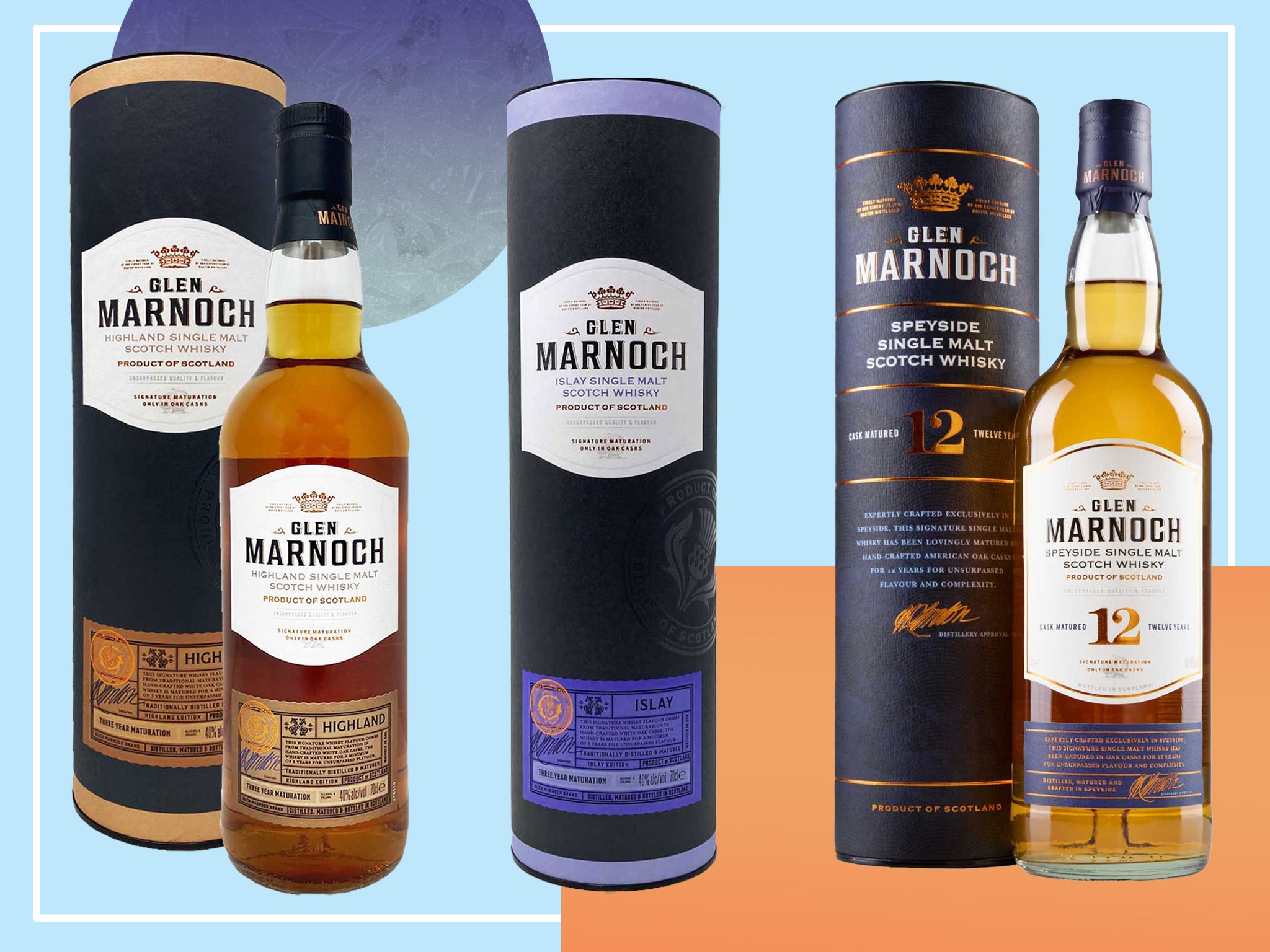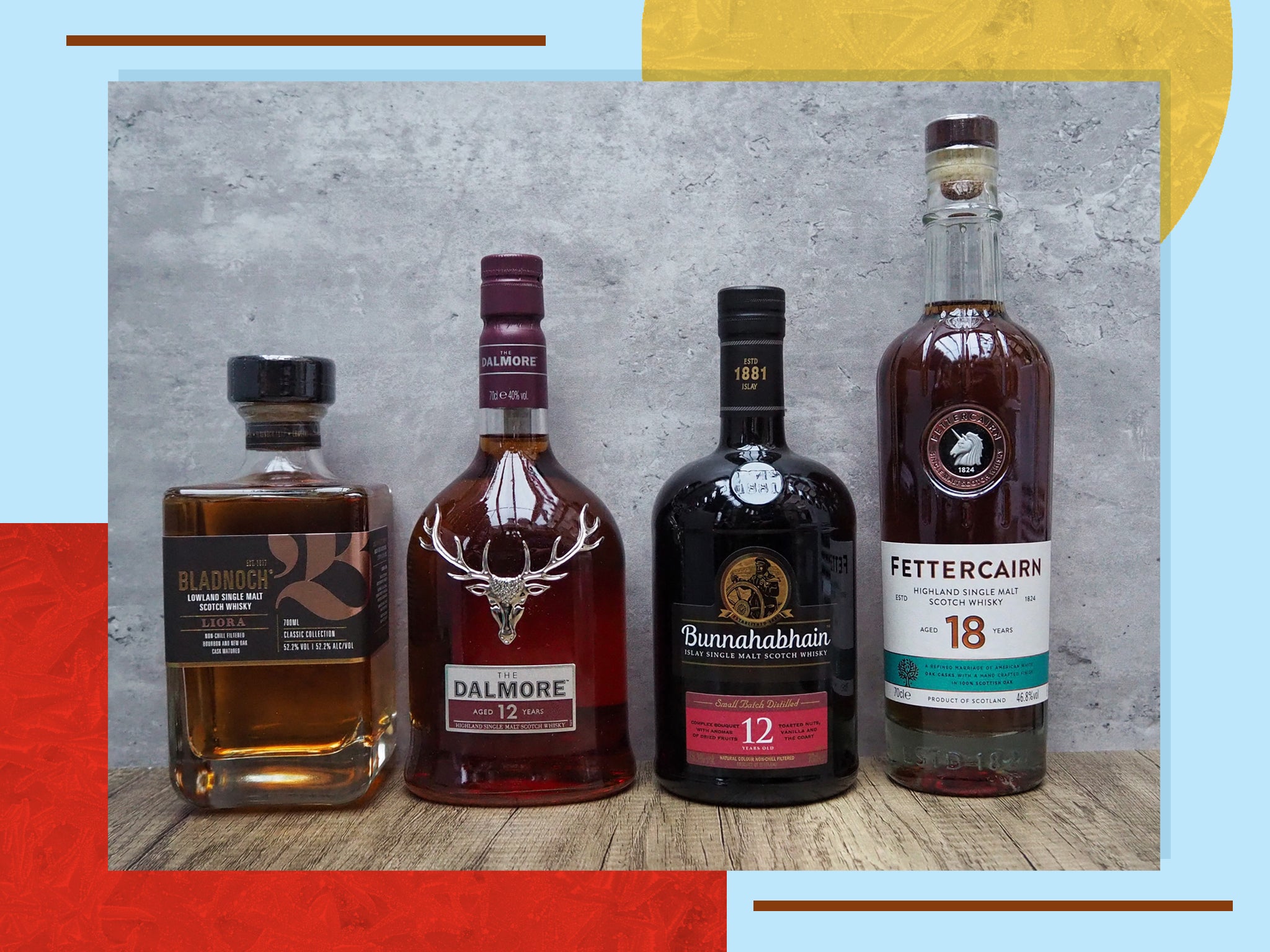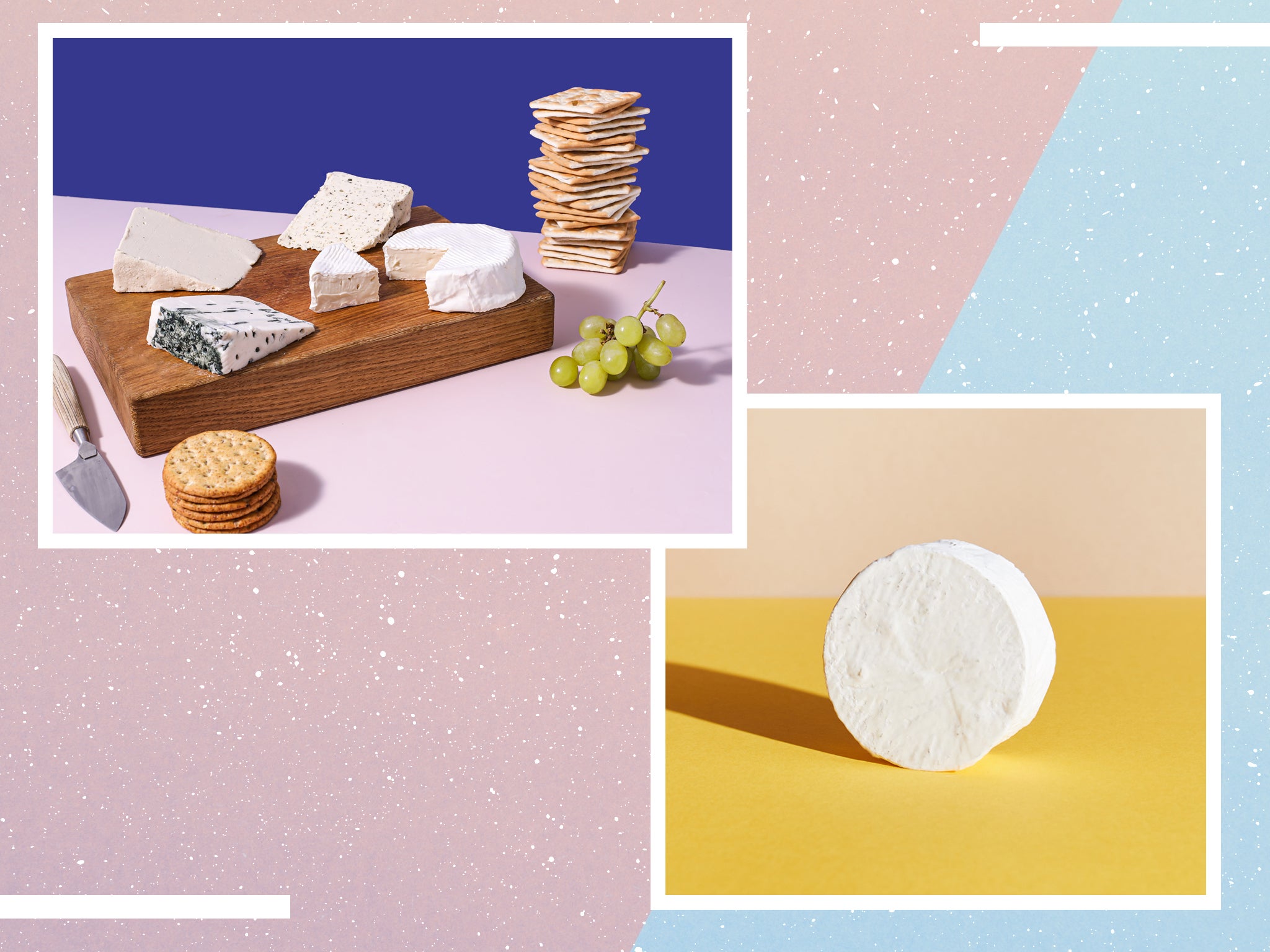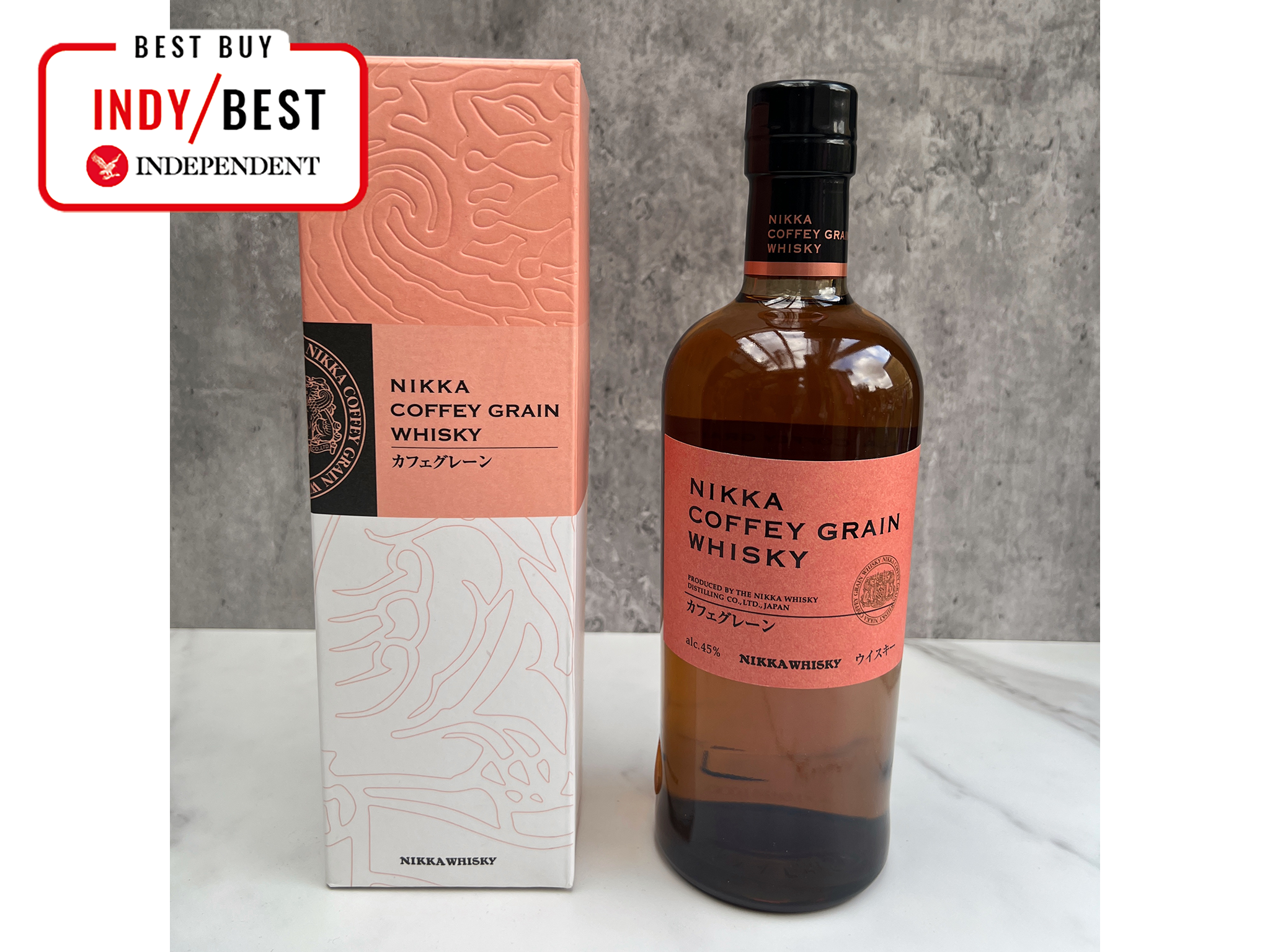
The Independent's journalism is supported by our readers. When you purchase through links on our site, we may earn commission. Why trust us?
10 best Japanese whiskies for experts and newbies alike
Sip them neat, as the base of highball cocktails, or paired with food
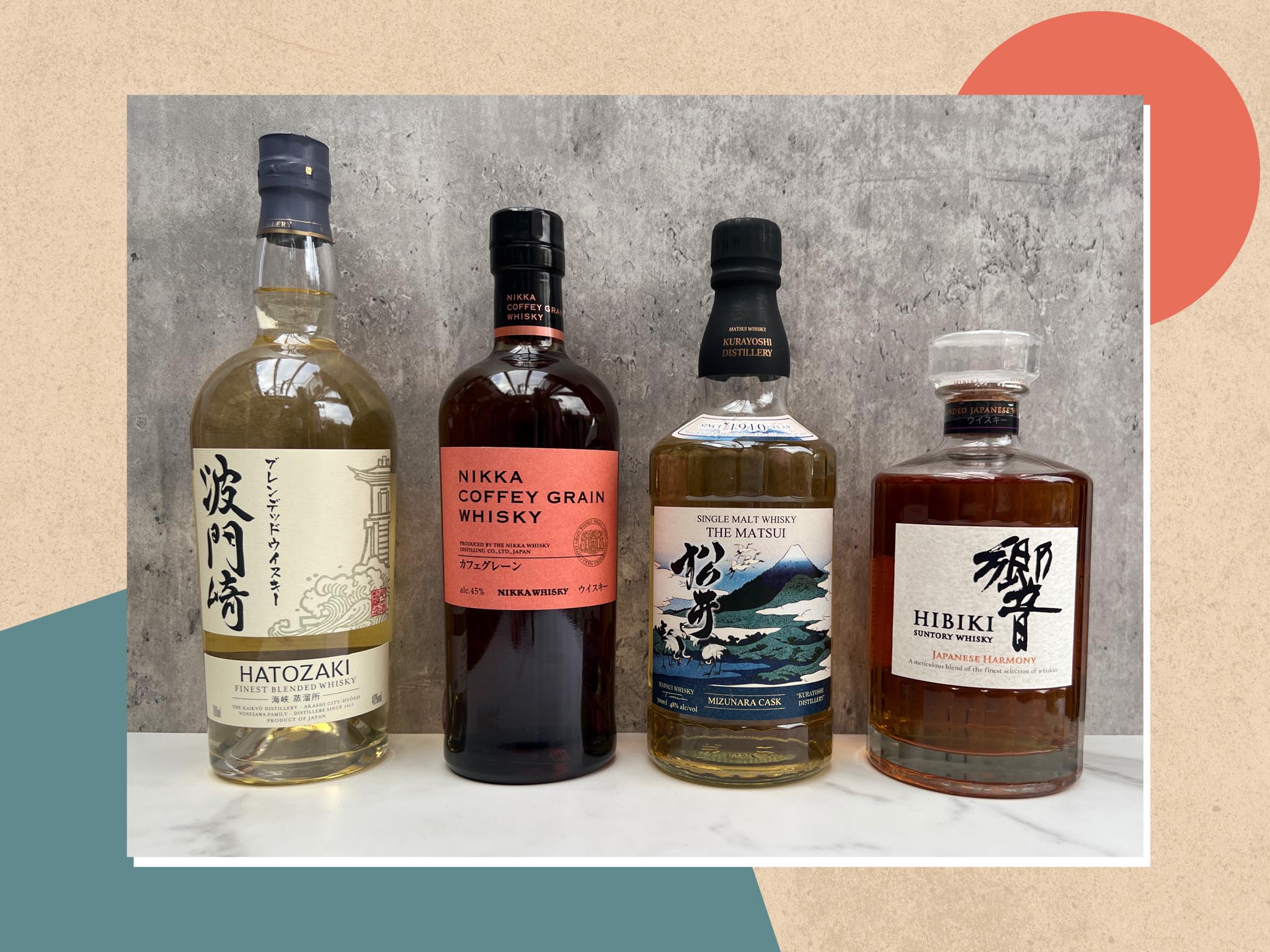

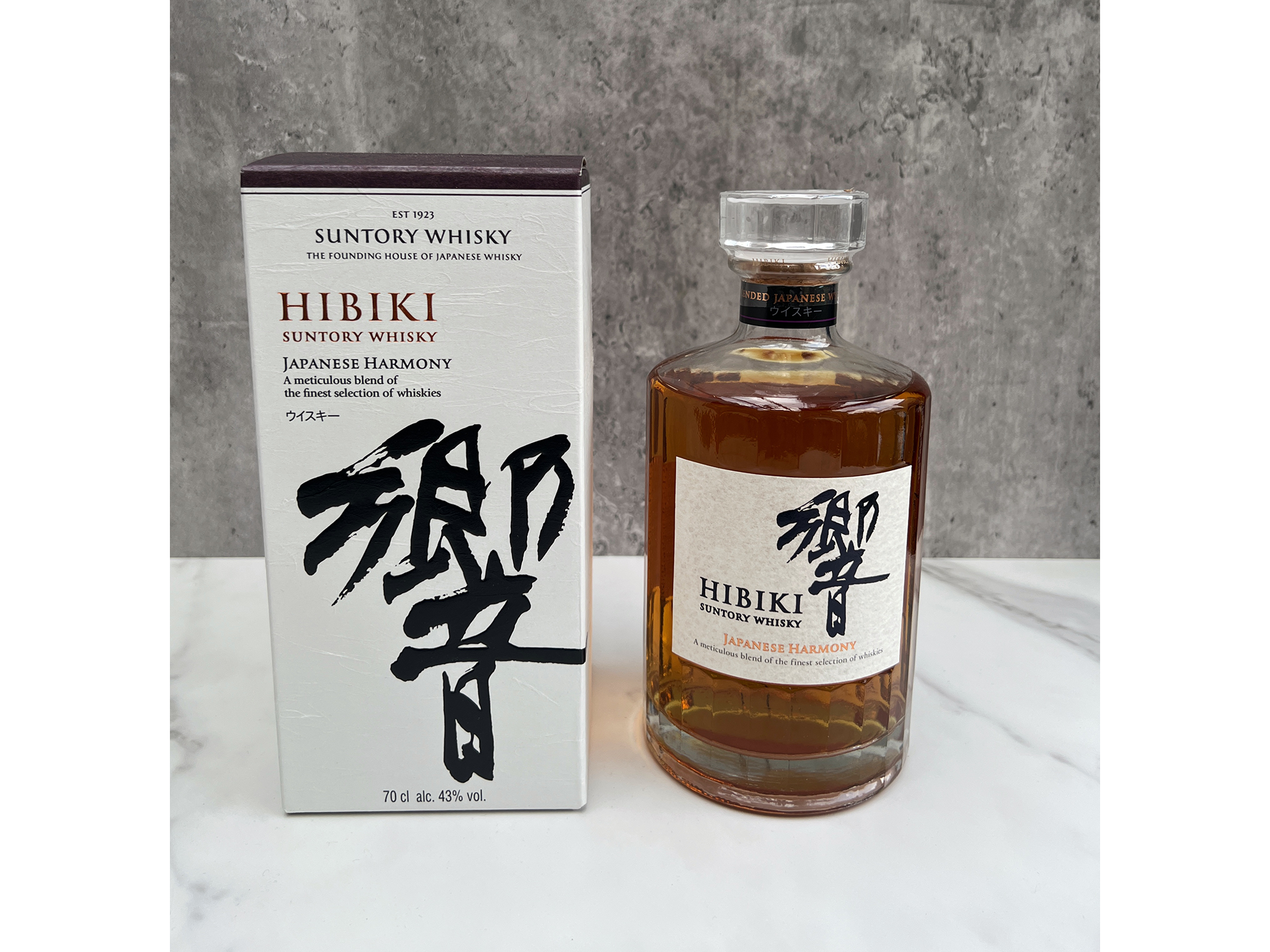
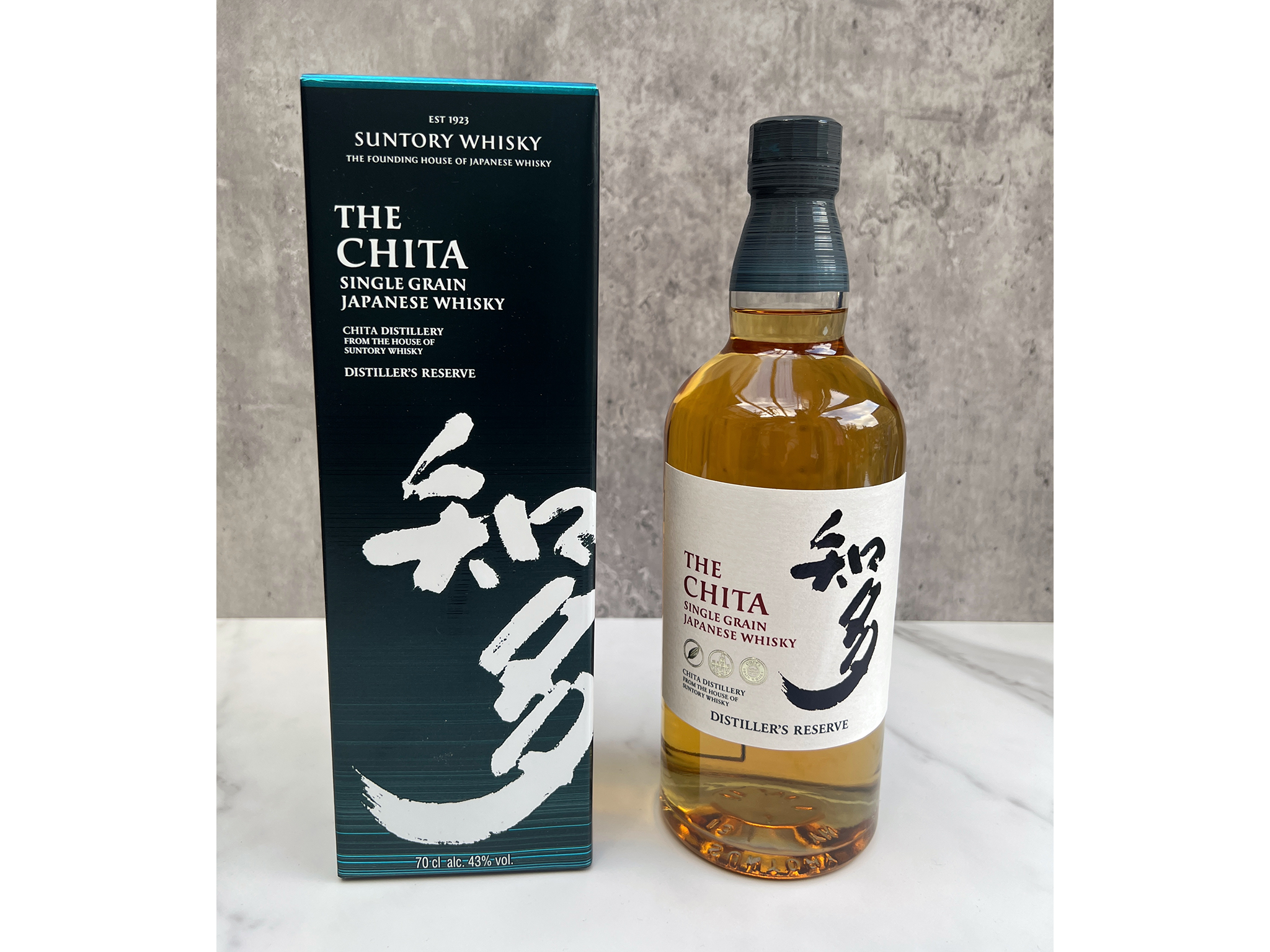
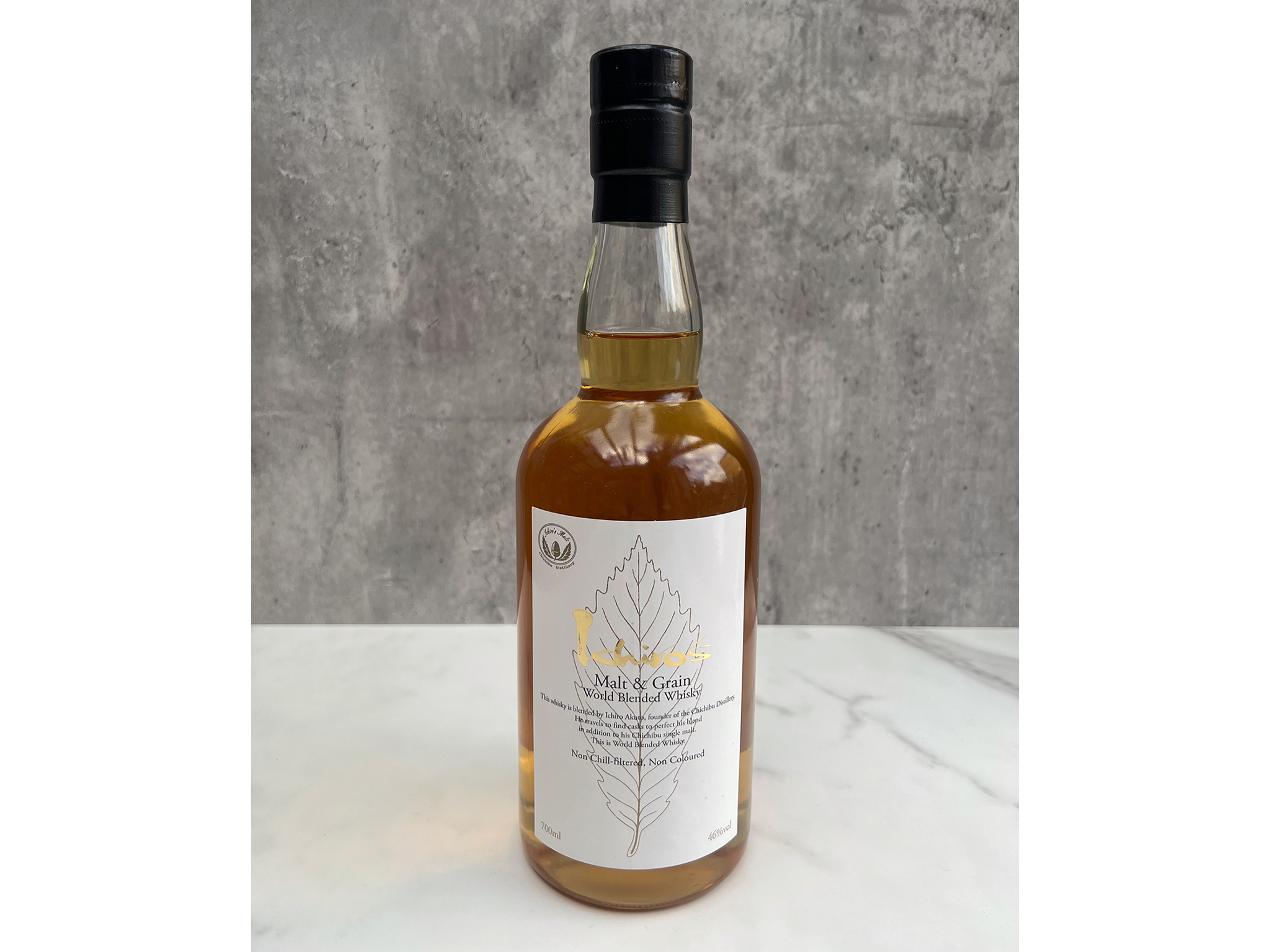
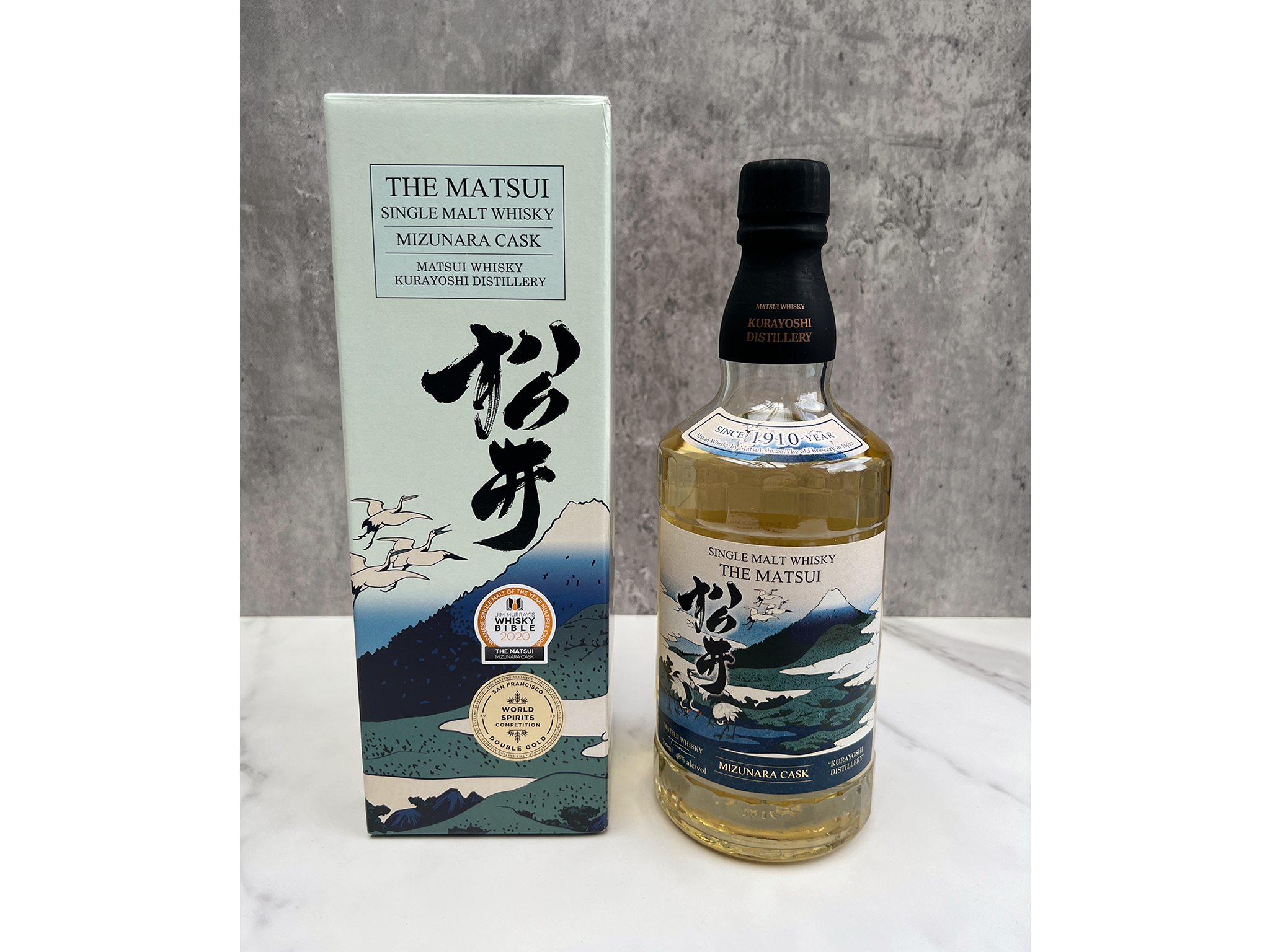 Best japanese whisky aged in mizunara casksThe Matsui single-malt Japanese whisky mizunara caskRead review£115
Best japanese whisky aged in mizunara casksThe Matsui single-malt Japanese whisky mizunara caskRead review£115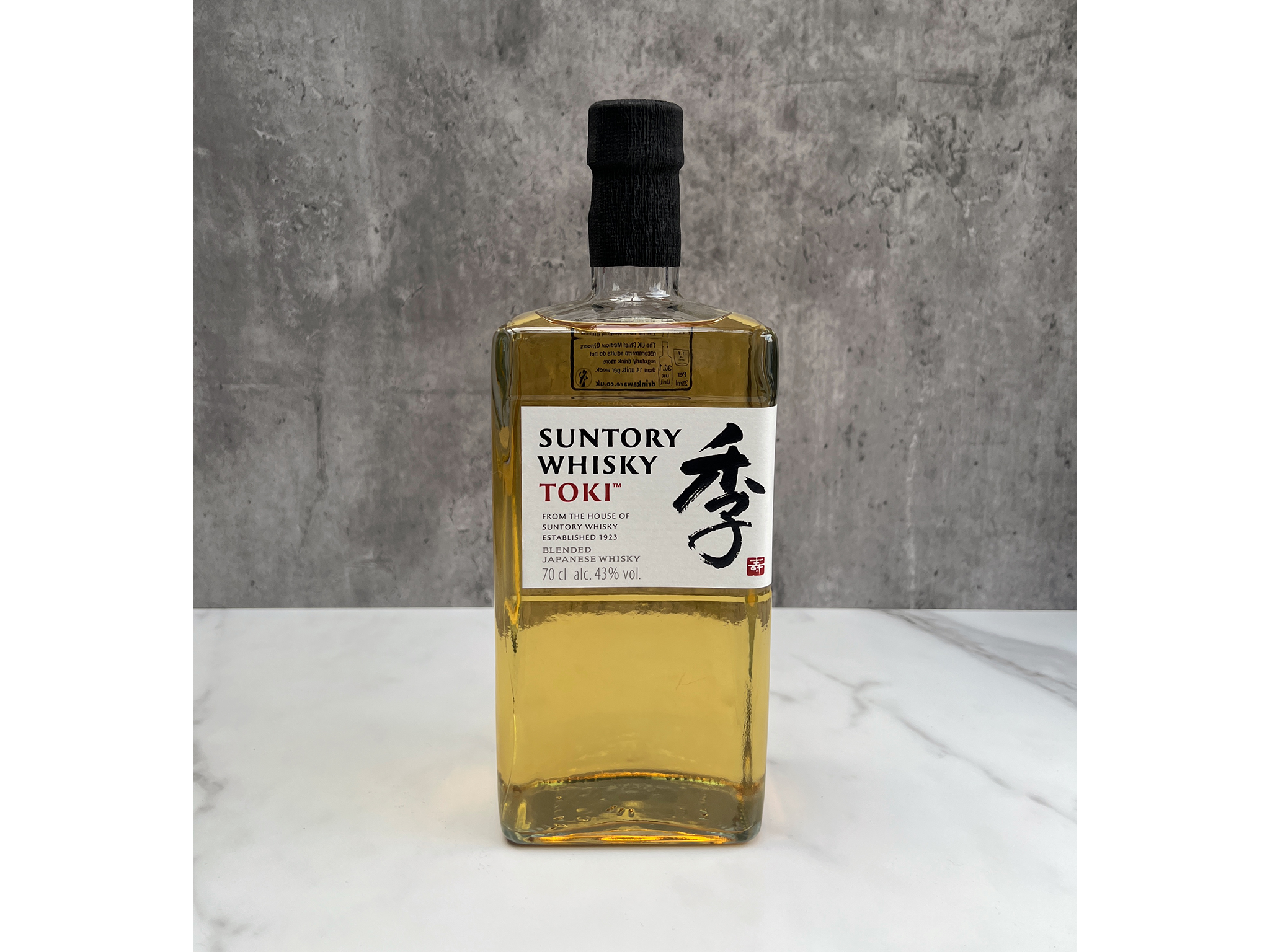
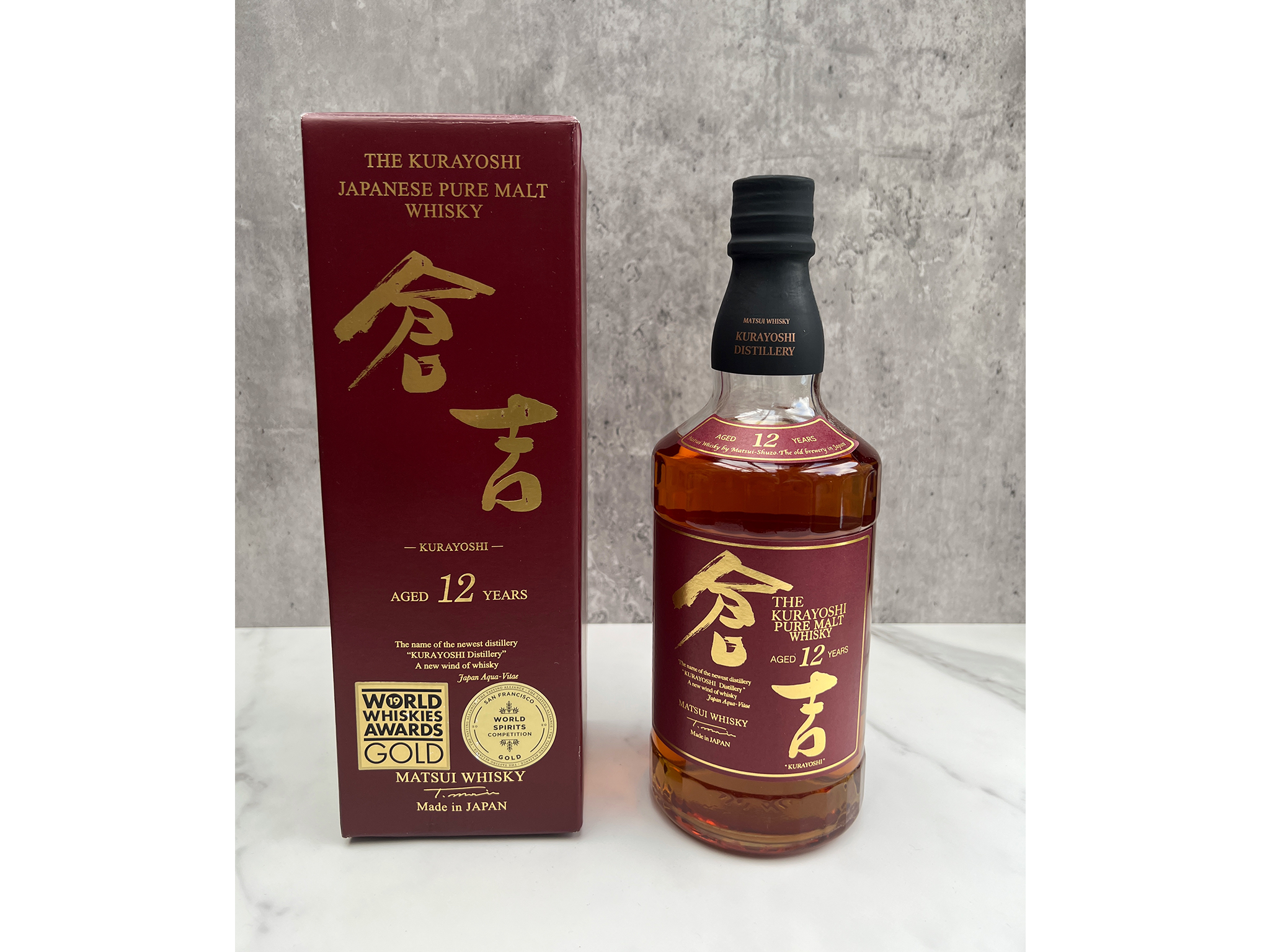
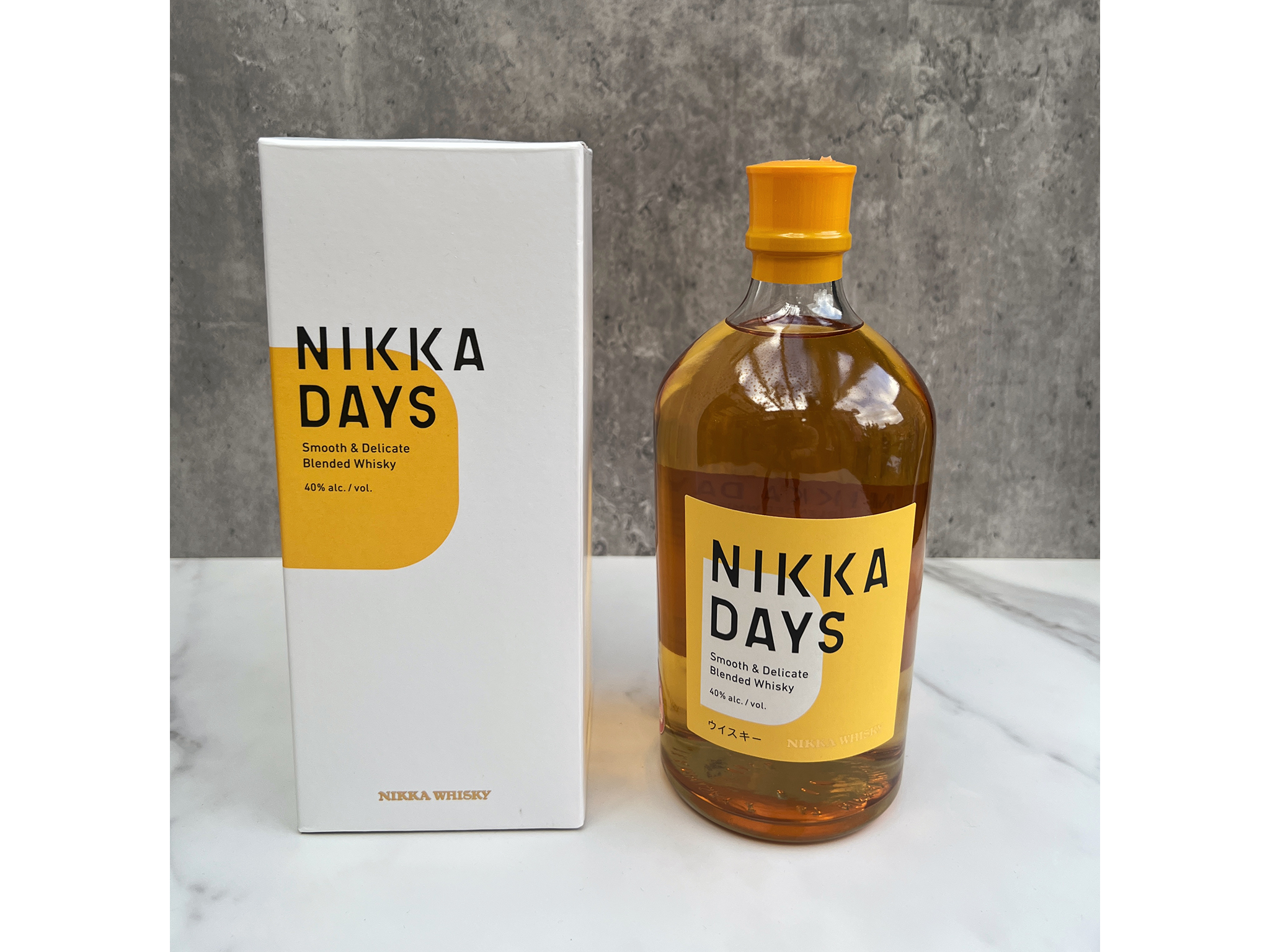
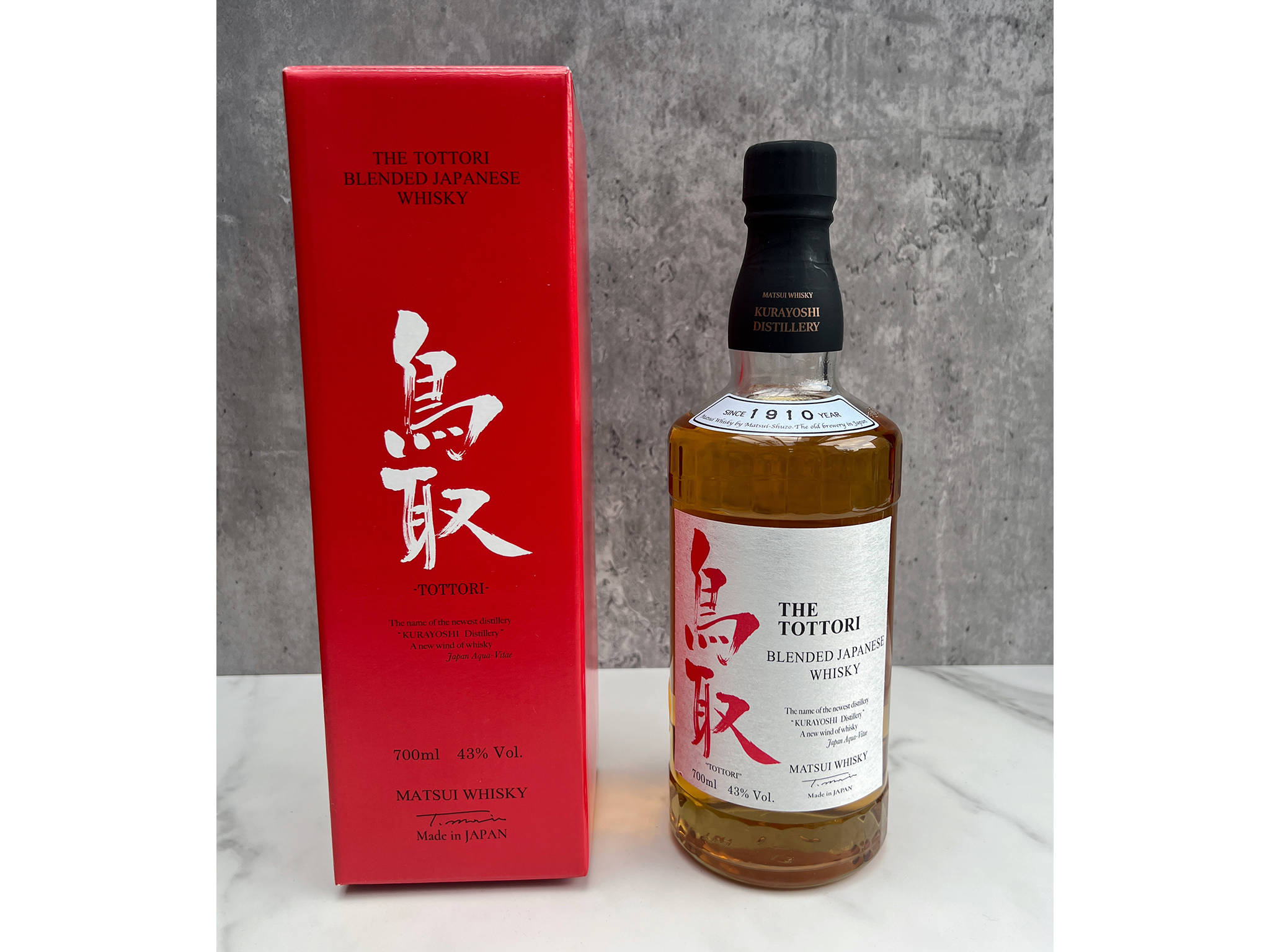
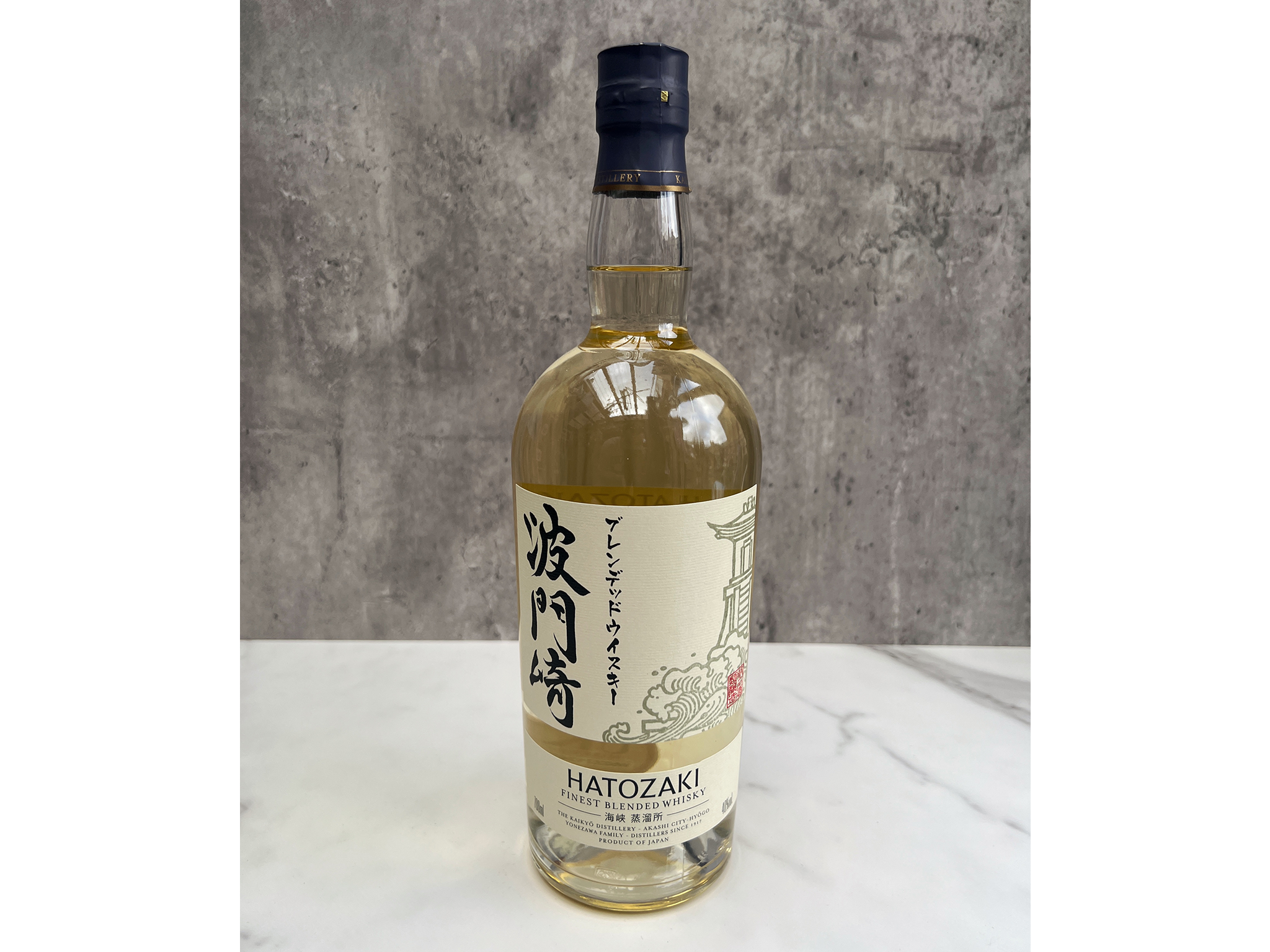
Until relatively recently, Japanese whisky was generally considered a niche category, unknown by many outside the country. Over the past couple of decades, however, Japan has become widely renowned as home to some of the best whisky in the world, with suppliers even struggling to keep up with the demand.
Consumption began to increase following the highball craze in 2008, then again in 2014 when the life of Nikka founder Masataka Taketsuru was portrayed in a Japanese drama, Massan. After winning various awards in international competitions, Japanese whisky exports increased so rapidly that demand exceeded supply.
For those not in the know, Japanese whisky was first developed during the 1870s. Pioneers took considerable inspiration from Scotch whisky, but fast-forward 100 or so years and Japanese whisky has evolved into something unique.
True, the tipples you see today still resemble Scotch far more than American or Irish whiskeys, but the country’s output has developed to appeal to its own market by reflecting Japanese tastes.
While single malt and single grain whiskies are commonly produced, Japan is specifically noted for its blended whisky. Blenders often use a variety of whiskies to build subtle layers of flavour, generally favouring delicacy and balance over bold flavours. These blended varieties then vaunt unique savoury notes and even slight bitterness, with finishes that rarely linger, no matter how intense.
How we tested
We provisionally tasted these Japanese whiskies on their own, without ice, and from identical tasting glasses, using a blind-tasting method to avoid any bias. Each featured in a round of two, which were ranked before we knew which glass contained which whisky. The best whisky in each “round” was then tasted again (also blind) to determine the overall best Japanese whisky.
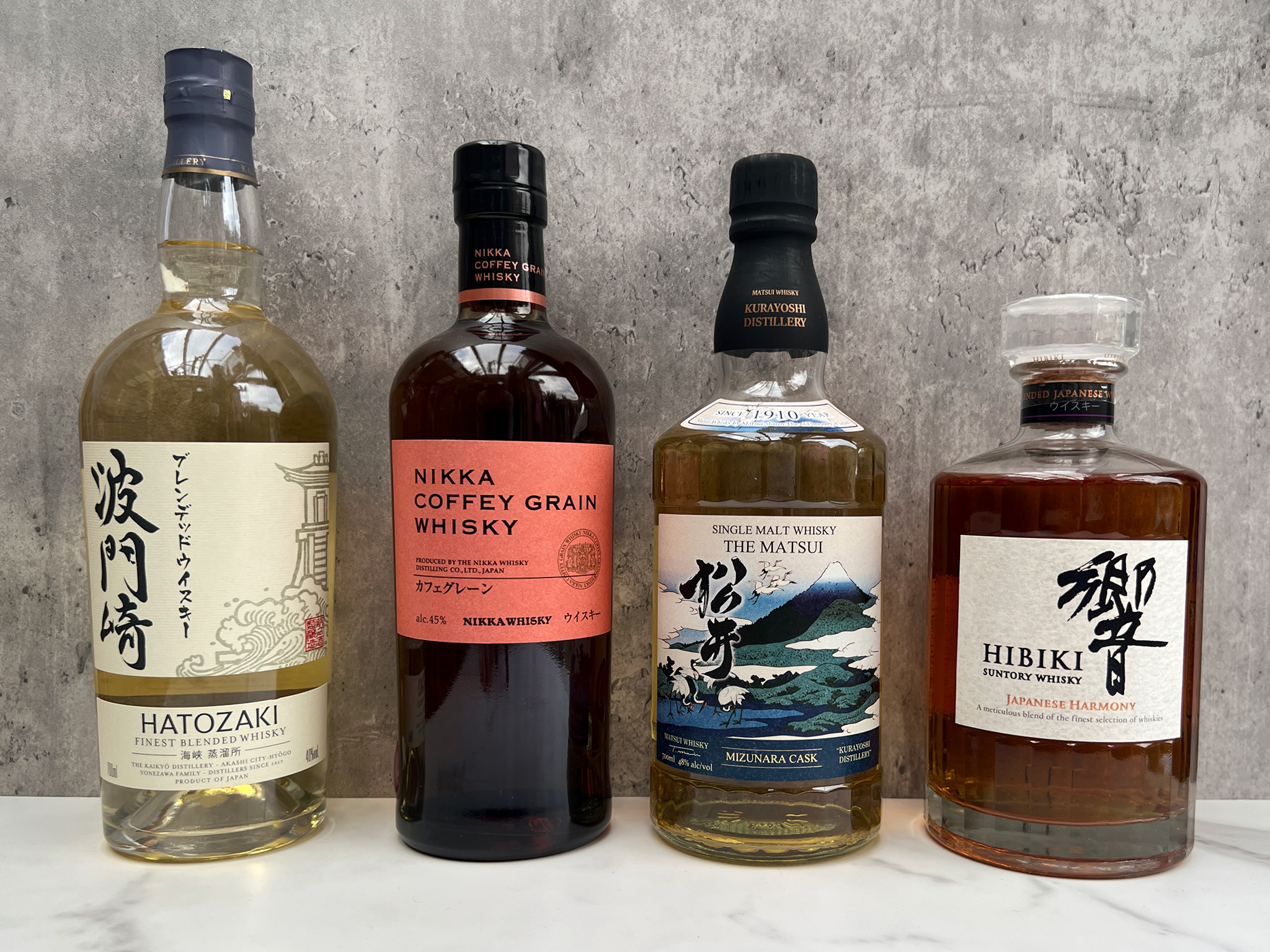
The best Japanese whiskies for 2023 are:
- Best overall Japanese whisky – Nikka Coffey Grain single-grain whisky: £47.95, Houseofmalt.co.uk
- Best blended Japanese whisky – Suntory Hibiki Japanese Harmony: £69.95, Masterofmalt.com
- Best everyday single-grain Japanese whisky – Suntory Chita: £44.99, Thedrinksbasket.com
- Best ‘world blended whisky’ – Ichiro’s malt and grain whisky: £74.90, Thewhiskyworld.com
- Best Japanese whisky aged in mizunara casks – The Matsui single-malt Japanese whisky mizunara cask: £115.99, Thedrinksshop.com
- Best budget Japanese whisky – Suntory whisky Toki: £32, Japancentre.com
- Best Japanese whisky for collectors – The Kurayoshi pure malt 12-year-old Japanese whisky: £94.90, Thewhiskyworld.com
- Best Japanese whisky for whisky highballs – Nikka Days blended whisky: £29.99, Houseofmalt.co.uk
- Best after-dinner Japanese whisky – The Tottori blended Japanese whisky: £38.85, Whiskykingdom.com
- Best Japanese whisky for mixing in cocktails – Hatozaki finest blended whisky: £34.99, Virginwines.co.uk
Nikka coffey grain single-grain whisky

- Best: Overall
- Size: 70cl
- ABV: 45%
- Tasting notes: Rum accents, fruits and vanilla
One of the most famous brands, Nikka was founded by Masataka Taketsuru, who travelled to Scotland to study the process of distilling Scotch whisky. Today it produces a wide range of whiskies, with the Nikka Coffey Grain whisky being one of its larger releases.
Produced mainly using corn, the whisky is distilled in Nikka’s innovative Coffey still, imported from Scotland and valued for its ability to retain flavours while heating the grain with indirect steam. On the nose, it is fresh and enticing with fruit aromas of pear, cherry, blood orange and lemon, before giving way to subtle floral aromas alongside coconut and vanilla. On the palate, the single-grain whisky is juicy and pleasant, with some rum accents joining more fruit and prominent bourbon-esque vanilla, which lingers on the finish with some faint bitterness.
Suntory Whisky hibiki Japanese harmony

- Best: Blended Japanese harmony
- Size: 70cl
- ABV: 43%
- Tasting notes: Apple, red fruits, chestnut, lemon and faint tannin
Although no age statement is specified, the new Hibiki blend uses the same malt and grain whiskies used in the original, and comprises a blend of at least 10 malt and grain whiskies from three distilleries (Yamazaki, Hakushu and Chita). It has also been aged in five different cask types with some of the included whiskies believed to have been aged for upwards of 20 years. No surprise then that this is a premium whisky.
Complex and light on the nose, it has a vanilla, honey sweetness with a suggestion of ginger alongside green apple, cherry and plum aromas. Apple continues to build on the palate alongside red fruit notes, chestnut and a zip of lemon, giving way to woodiness and faint tannin. The finish is fairly light, with subtle bitterness to counteract some of the sweet notes displayed.
Suntory Chita

- Best: Everyday single grain Japanese whisky
- Size: 70cl
- ABV: 43%
- Tasting notes: Mango, grape must, orange blossom, honey and roasted grain
Chita is generally overlooked, but this distillery excels in single-grain whisky, using maize distilled in column stills and aged in a variety of casks to showcase the lighter spirit. On the nose, this whisky has sweet aromas of cereal, pear drops, liquorice, toffee and lemon meringue, which are then joined by a gorgeous hit of mango which carries through to the palate. Grape also joins the palate with delicate orange blossom, honey, roasted grain character and slight oiliness on the mouthfeel.
As for the finish, some nutty bitterness prevails but is quickly rounded by sweet coconut and chocolate notes, plus a whisper of orange zest for extra balance. An excellent everyday single-grain Japanese whisky.
Ichiro malt and grain whisky

- Best: ‘World blended whisky’
- Size: 70cl
- ABV: 46%
- Tasting notes: Vanilla, tropical notes, rye spices, hazelnut, gingerbread, black pepper, tobacco, caramel and lemon zest
Ichiro’s malt and grain whisky is produced by Ichiro Akuto, founder of the famous Chichibu distillery. To produce this whisky, Ichiro Akuto uses whiskies found while travelling around the world to perfect his blend. The exact whiskies, quantities and age statements aren’t shared, but they’re presumably sourced from Scotland, Ireland, America and Canada, aged in their original distilleries then finished for a few years at the Chichibu distillery.
On the nose, Ichiro’s malt and grain world-blended whisky is fruity, with peach, banana, apple, pear and lemon aromas alongside slight caramel, vanilla and cereal. Vanilla and tropical notes are also prominent on the palate, with a pronounced rye spiciness prevailing. Notes of hazelnut, gingerbread, black pepper, tobacco and caramel are also present, with lemon zest returning on the medium, spicy finish. An excellent world-blended whisky with a bold spicy character.
The Matsui single-malt Japanese whisky mizunara cask

- Best: Japanese whisky aged in mizunara casks
- Size: 70cl
- ABV: 48%
- Tasting notes: Oak, cinnamon, ginger, pepper, soft caramel, floral oak and coconut
Mizunara barrels make up less than 10 per cent of whisky stocks matured in Japan, mainly because of how rare this wood is and how difficult it is to transform into casks. But one such whisky matured in mizunara casks is this single-malt expression from the Kurayoshi distillery.
It has fresh floral aromas on the nose, complete with soft vanilla and a gentle spiciness. Oak, cinnamon and ginger dominate on the velvety palate, while a touch of pepper does prevail, tamed by soft caramel, floral oak and just a whisper of coconut, all of which linger on the elegant finish with faint vanilla notes.
Suntory whisky toki

- Best: Budget Japanese whisky
- Size: 70cl
- ABV: 43%
- Tasting notes: Apple, crereal grain, honey, butter, ginger
One of the oldest alcohol-distribution businesses in Japan, and the third-largest maker of distilled beverages in the world, Suntory Holdings Ltd has a rich history. Produced with foreign markets in mind, Suntory whisky Toki is inspired by cocktail culture, featuring a blend of whiskies from three famous distilleries: Yamazaki, Hakushu and Chita. It’s marketed as a day-to-day whisky and has a unique 50-50 split between grain and malt whiskies, with peated Hakushu single malt as its primary component.
Aged in Spanish oak casks, like those used in the original Yamazaki distillery, Suntory whisky Toki has a smooth flavour with a vinous character. Apple notes join cereal grain, honey, butter and a gorgeous minerality, while some ginger prevails and lingers on the palate. Although perfect in highballs, it’s also surprisingly smooth and enjoyable on its own.
The Kurayoshi Distillery pure malt 12-year-old Japanese whisky

- Best: For collectors
- Size: 70cl
- AVB: 43%
- Tasting notes: Raisin, vanilla, walnut, nutty caramel and pepper
The Kurayoshi Distillery has been producing Japanese drinks since 1910, with sake, shochu and brandy production enabling the micro-distillery to develop unique expertise, combining tradition with innovation. Like many Japanese whisky distilleries, The Kurayoshi’s production levels are low and stocks are thus very limited.
Spending at least 12 months of its maturation time in American white oak casks, its 12-year-old pure malt whisky is made with fresh water from the nearby Mount Daisen’s generous snowfall, with a degree of richness expected from a 12-year-old whisky. Lush aromas of perfumed hazelnut and almond are joined by subtle kiwi, pear, malted barley and mineral notes. On the palate, raisin notes are complete with vanilla, walnut, nutty caramel, and a slightly sharp pepper bite, which adds complexity to the overall taste that’s both elegant and well-balanced.
Nikka days blended whisky

- Best: For whisky highballs
- Size: 70cl
- ABV: 40%
- Tasting notes: Apple, pear, lemon, dark sugar and faint smokiness
Featuring a blend of Nikka Coffey Grain (£47.95, Houseofmalt.co.uk), lightly peated Miyagikyo single malt, and a small proportion of Coffey malt and Yoichi single-malt whiskies, Nikka days is an elegant whisky celebrating the fine art of Japanese whisky blending. Broadly featuring whiskies aged for eight to 10 years, it’s easy-drinking and has an accessible price tag, making it especially suitable for Japanese whisky newcomers and connoisseurs alike.
A touch of grain joins aromas of pear drops, grass and malt sweetness, while the taste is light with gentle sweetness. There’s also notes of apple, pear, lemon, dark sugar and a faint smokiness, while wood and tannin prevail on the finish with scant bitterness. Ideally sip neat or enjoy as the base of a highball.
The Kurayoshi Distillery Tottori blended Japanese whisky

- Best: After dinner whisky
- Size: 70cl
- ABV: 43%
- Tasting notes: Vanilla, chocolate and oak
The Kurayoshi Distillery’s Tottori range pays homage to the Tottori province, which it has called home since 1910. The fresh, pure waters found here play a lead role in the range’s whiskies, with more than 100 years of expertise in blending and ageing spirits showcased in this blended whisky.
A true celebration of the art, the whisky is matured for at least three years in new American white oak casks, non-chill filtered and bottled at 43 per cent alcohol by volume. The result is a smooth blended whisky with plenty of fruit notes, good body and roundness. Floral aromas join complex spiciness, and vanilla and chocolate are also dominant on the palate, while the finish is refined with prominent oak notes.
Hatozaki finest blended whisky

- Best: For mixing in cocktails
- Size: 70cl
- ABV: 40%
- Tasting notes: Malt, barley sugar, citrus and orchard fruits
Hatazoki may be a relative newcomer to the category, but it produces a range of blended Japanese whiskies that are to die for. And its finest blended whisky is delicate and floral, with malt richness, barley sugar sweetness, citrus notes and orchard fruits, which dominate the palate. Fine when sipped neat, but even better when mixed into cocktails.
The verdict: Japanese whiskies
Nikka is one of the most famous Japanese whisky distilleries for a reason. And its Nikka Coffey Grain whisky uses Scottish techniques to produce something quintessentially Japanese. What’s more, the whisky is accessible in both taste and price, with a flavour that’s complex and exceptionally well balanced.
If you’re looking to sample something a little different, however, The Suntory Hibiki Japanese Harmony is another good all-round option, celebrating the fine art of Japanese whisky blending.
And if whisky isn’t your drink of choice, we’ve also found a great range of champagne deals
Voucher Codes







